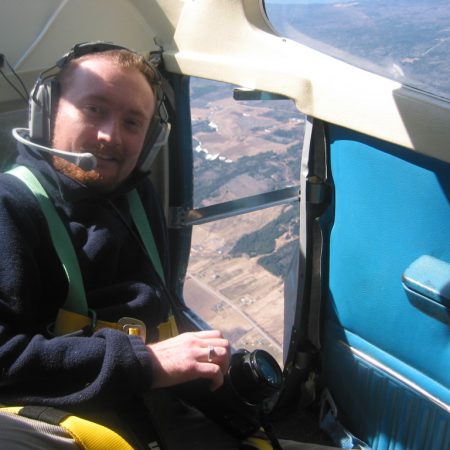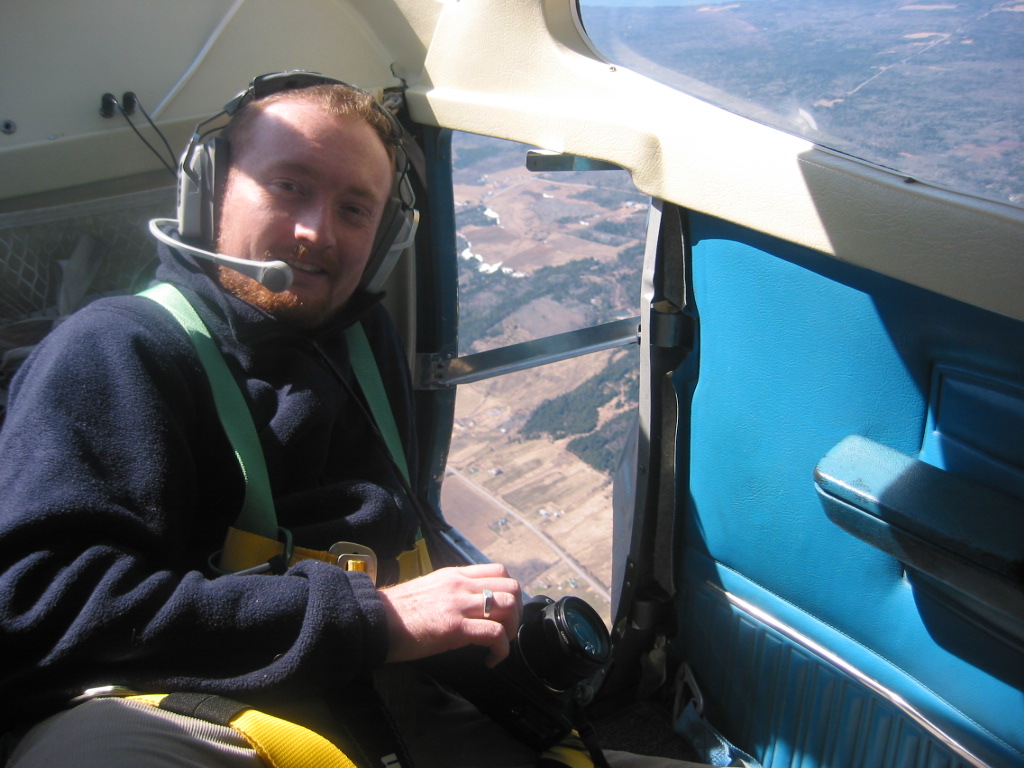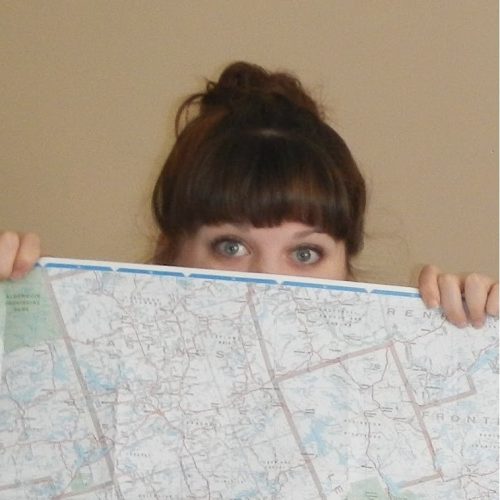Geomatics Entrepreneur & Founder SpatialBridge
Welcome to the first posting in our new section with Geomatics Entrepreneurs. The first post is with Jonathan Bailey the founder of SpatialBridge a geomatics consultancy in Ottawa, Canada.
Hi Jonathan. How did you come up with the idea for SpatialBridge and how did you get it started?
Lots of organizations recognize that GIS technology can help them to solve problems or to achieve business goals, and there are lots of technology and architecture choices available to them . Unfortunately, a lot of these choices are surrounded by technical and marketing hype that make it difficult to for these organizations to make informed and objective choices. Often, these organizations end up using only the most basic aspects of GIS technology just because the rest is too hard to figure out. It’s unfortunate, because these organizations are really only realizing a tiny portion of the benefits that they’re already paying for when they invest in GIS technologies. SpatialBridge was created to help organizations navigate through these choices objectively and to recognize the full value of their GIS investment.
How long have you been in business?
We’ve been in business for about a year.
What is the Spatial Bridge “MISSION?”
Our mission is to provide high-quality GIS system and software architecture and design to our clients using patterns and best practices.
Previously in your working career where did you work and what were your roles?
Prior to starting SpatialBridge, I was the Senior GIS Developer and Principal Software Products Architect at Thales Canada. At Thales, we built a map-centric Command and Control (C2) application and platform for Canada’s army.
Previous to Thales, I worked at ESRI headquarters for a number of years as a Lead Product Engineer on the ArcGIS platform. My particular areas of responsibility included network analysis, geocoding, StreetMap, and address data management.
What is your education background?
I have a Bachelor of Applied Science in Systems Design Engineering from the University of Waterloo, with an option in Management Science.
What were the biggest challenges when starting this new venture and how did you overcome them?
There are two major challenges that we’ve faced. The first challenge was starting at a standstill from square 0. I started SpatialBridge as a one-person services company, so SpatialBridge’s success is all about brand and reputation. Outside of my existing personal and professional network, it’s taken a considerable amount of time and effort to build momentum for the brand, and that’s ongoing. It’s also important to note that those things take resources away from the core activities of the business, so you really have to manage your effectiveness with these kinds of networking and start-up activities. I would encourage anyone who’s considering starting a business to do as much of the start-up as they can before jumping in full-time.
The second major challenge that we’ve faced is not having any previous business development experience, so I’ve been learning as I’ve been going. Ottawa presents a special challenge in that a large portion of the GIS work that’s conducted here is done by the federal government. The federal government’s procurement processes are definitely not easy or quick to navigate. The amount of overhead required to acquire contracts definitely puts small businesses at a competitive disadvantage.
Why did you setup your operations Ottawa?
Setting up in Ottawa wasn’t a conscious choice. My partner and I were already living here, she has a successful career here, and I made a decision not to focus on Ottawa alone, but rather on the entire North American market. The reality is that communications technology allows a lot of intellectual work to be conducted virtually. Businesses that get really good at using these technologies will have an advantage over their competition, particularly in an increasingly global economy.
How did you define personal and business goals?
It’s important to get things the right way around. Too often, businesses and individuals define their goals first in terms of financial measures, with other aspects being secondary. I think it’s better to set goals in terms of happiness, fulfilment, and accomplishment. At ESRI, I remember Jack once saying something to the effect that our goal was to build great GIS software, and to have fun doing it, and maybe to make a little money at it, too. It’s pretty clear that ESRI has been very successful financially, but the point is that financial success flows from and is secondary to (or even tertiary to) doing great work. The same is true for SpatialBridge. The goal is to do great work for our clients, and financial success will flow from that.
Is it difficult managing your time now that you are no longer on the “CLOCK” for someone else? How do you manage?
It’s actually easier, but I suppose that depends on the individual. For me, it’s much easier to be task- and goal-oriented, and to put in the time necessary to accomplish what I need to on a daily or weekly basis. Sometimes that means working 4 hours a day, and sometimes that means working 12 hours a day. I can also shift my hours around to what works for me. I find I work best in mornings and evenings, so that’s when I tend to put the hours in.
Who are some of your clients and what services are you providing them?
Our clients tend to be organizations that are looking for help with GIS system architecture. In the GIS industry, most of us are technophiles, and we tend to focus on particular applications or technologies. It’s important for us to remember that our clients usually don’t think like that. Most are familiar with Google Maps or Google Earth, and recognize that GIS can help them to solve a particular problem or to achieve a particular business goal. For a non-technical, non-GIS person, navigating the technology environment can be pretty daunting. SpatialBridge helps our clients to select, configure, and implement the most appropriate technology architecture to solve their problems and achieve their business goals.
What makes SpatialBridge different from other players in your sector?
SpatialBridge occupies a very specific niche in the GIS services sector. Our focus in on GIS system and software architecture. Obviously, we have a focus on ESRI technology, but we don’t sell ESRI technology, so our interest remains exclusively in helping our clients to make the right architecture and technology choices.
We also employ a systems design engineering approach to GIS architecture and design, which is a unique approach that really adds value for our clients. This approach is partly about using patterns and best practices in the architecture and design of GIS systems, rather than trying to re-invent the wheel. It’s also about borrowing approaches from other disciplines and applying what works in the GIS domain.
Where are you now in your business planning and implementation?
Right now we’re still in the start-up phase. A good deal of my day is still spent on networking and building momentum for the brand, and I expect that that will continue (to a lesser degree) once the brand is self-sustaining. We’re also planning a transition to include software products as a core part of the business, but these take time in terms of R&D, development, testing, and so on.
Just to wrap up what software and skill sets do you use most often. What is your bread and butter expertise?
Our bread and butter is ESRI technology, particularly ArcGIS, and primarily using .NET as a development platform.
Thank you very much for taking the time to chat with GoGeomatics.
If you are interested in learning more about SpatialBridge please visit their website.
http://www.spatialbridge.com/






